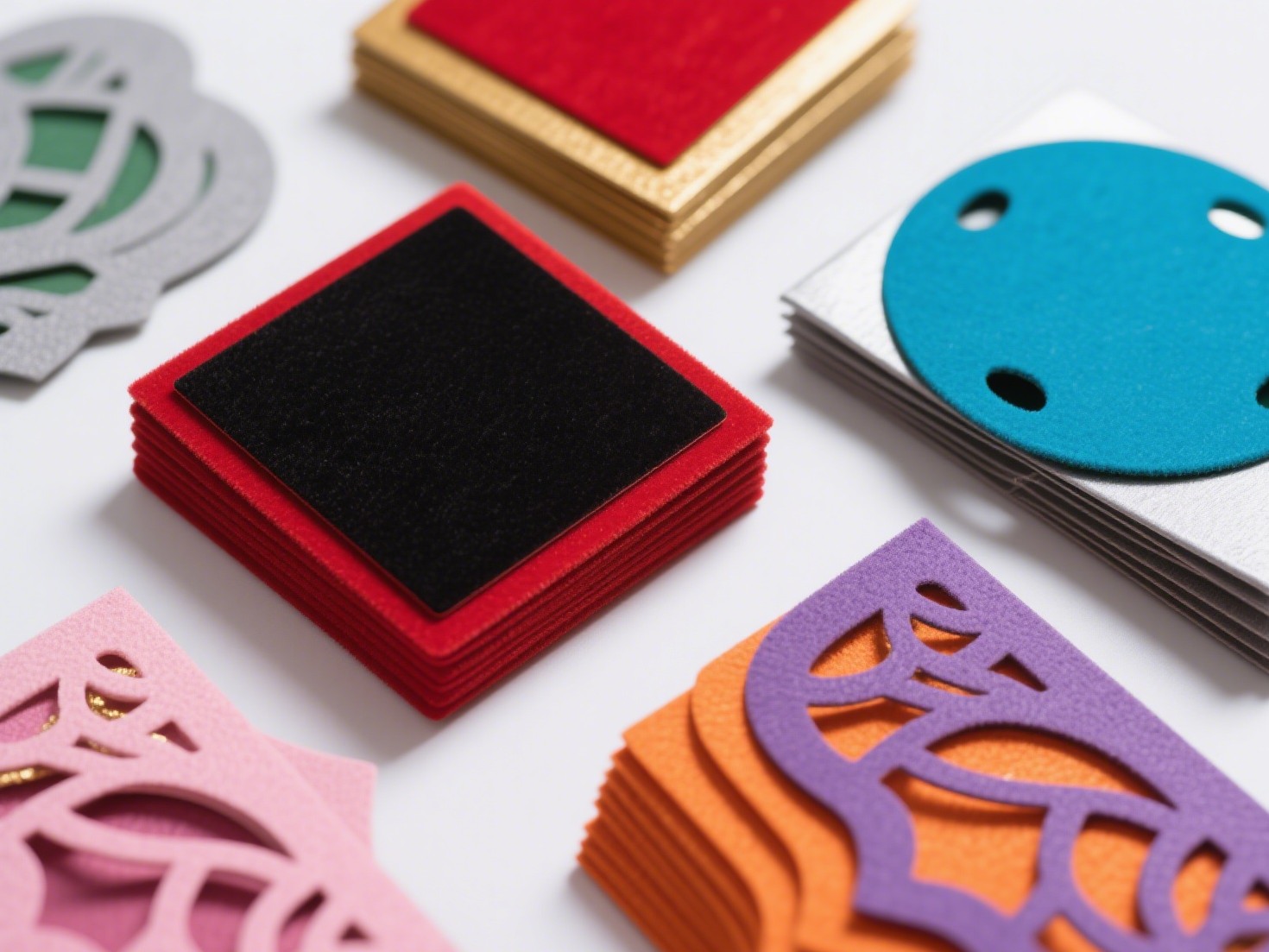When it comes to hiking, the right footwear can make or break your experience. Whether you're traversing rocky terrains, navigating muddy trails, or enjoying a leisurely stroll through the woods, having a good pair of hiking shoes is essential for comfort, safety, and performance. But what exactly makes a hiking shoe good? In this comprehensive guide, we will explore the key features to consider, the types of hiking shoes available, and tips for selecting the perfect pair for your outdoor adventures.
Understanding the Types of Hiking Shoes
Before diving into the specifics of what makes a good hiking shoe, it's important to understand the different types available on the market. Each type is designed for specific activities and conditions:
- Trail Runners: Lightweight and flexible, trail runners are ideal for fast-paced hikes and running on well-maintained trails. They offer good traction and breathability but may lack the support needed for rugged terrains.
- Hiking Shoes: These are versatile options that provide a balance between comfort and support. They are typically low-cut and designed for day hikes on moderate trails.
- Hiking Boots: For more challenging hikes, especially those involving heavy loads or rough terrains, hiking boots offer superior ankle support and durability. They come in mid and high-cut styles, providing additional protection against rocks and debris.
- Mountaineering Boots: Designed for extreme conditions, these boots are built for technical climbs and icy terrains. They are often insulated and compatible with crampons for added traction on snow and ice.
Key Features of Good Hiking Shoes
When evaluating hiking shoes, several critical features should be considered to ensure you choose the right pair for your needs:
- Fit and Comfort: The most important aspect of any hiking shoe is the fit. A good hiking shoe should feel snug but not tight, with enough room in the toe box to wiggle your toes. Consider trying on shoes at the end of the day when your feet are slightly swollen to get a more accurate fit.
- Support and Stability: Look for shoes that provide adequate arch support and cushioning. A well-cushioned midsole can absorb shock and reduce fatigue during long hikes. Additionally, a sturdy outsole with a good tread pattern will enhance stability on uneven surfaces.
- Water Resistance: Depending on your hiking environment, water-resistant or waterproof shoes may be necessary. Gore-Tex and similar materials can keep your feet dry in wet conditions, but remember that breathability is also essential to prevent overheating.
- Traction: The outsole of your hiking shoes should have a deep lug pattern for optimal grip on various surfaces. Vibram soles are a popular choice for their durability and traction.
- Weight: Lightweight shoes can enhance agility and reduce fatigue, especially on longer hikes. However, ensure that the weight does not compromise support and protection.
Material Considerations
The materials used in hiking shoes can significantly impact their performance and durability. Here are some common materials to consider:
- Leather: Offers excellent durability and water resistance but can be heavier and less breathable than synthetic options.
- Synthetic Fabrics: Lightweight and breathable, synthetic materials dry quickly and are often more affordable. However, they may not provide the same level of durability as leather.
- Mesh: Often used in trail runners and lightweight hiking shoes, mesh provides breathability but may lack water resistance.
Tips for Selecting the Right Hiking Shoes
- Test Them Out: Always try on hiking shoes with the socks you plan to wear on your hikes. Walk around the store and, if possible, test them on an incline to simulate hiking conditions.
- Break Them In: New shoes can cause blisters if worn for extended periods without breaking them in. Wear your shoes on shorter walks before embarking on a long hike.
- Consider Your Hiking Style: Think about the types of trails you’ll be hiking and the conditions you’ll encounter. Choose shoes that align with your specific needs.
- Read Reviews: Research and read reviews from other hikers to gain insights into the performance and comfort of specific shoe models.
- Budget Wisely: While it’s tempting to go for the cheapest option, investing in a quality pair of hiking shoes can save you from discomfort and injuries in the long run.
Conclusion
Choosing the right hiking shoes is a crucial step in preparing for your outdoor adventures. By understanding the different types of shoes, key features to look for, and material considerations, you can make an informed decision that enhances your hiking experience. Remember, the best hiking shoes are those that fit well, provide the necessary support, and are suited to the conditions you’ll face on the trail. So lace up, hit the trails, and enjoy the great outdoors with confidence!



+ There are no comments
Add yours